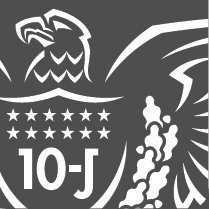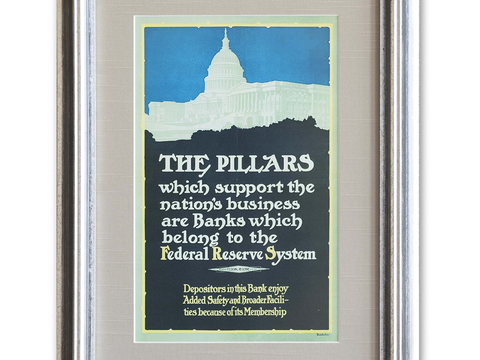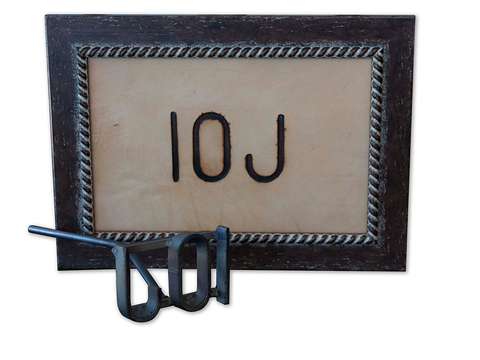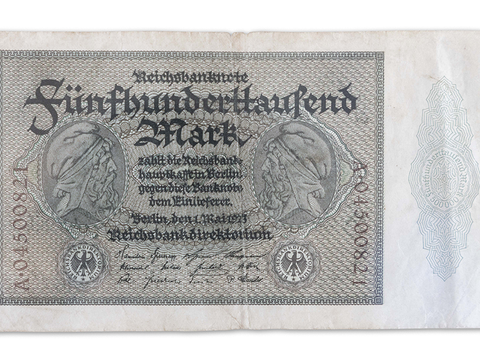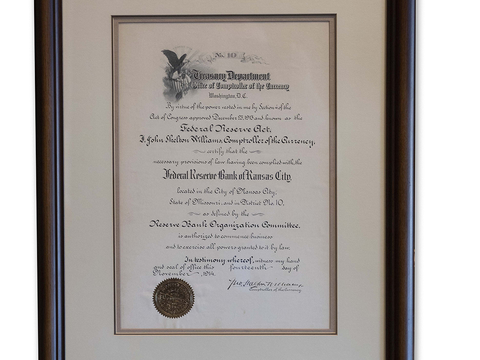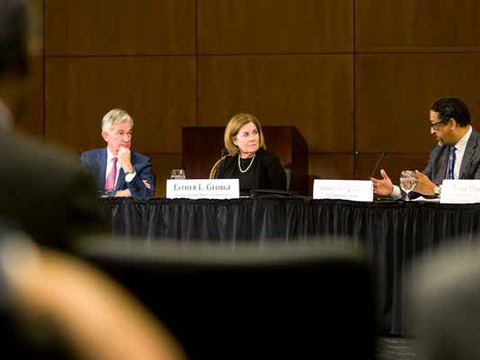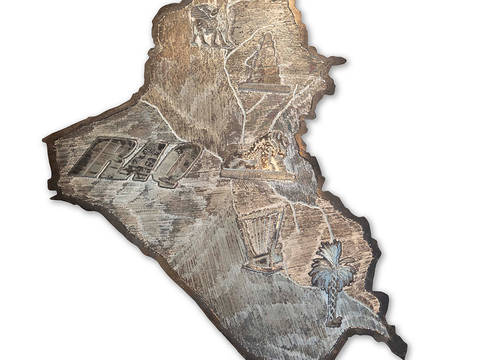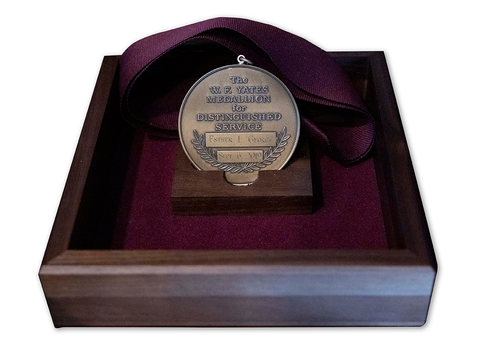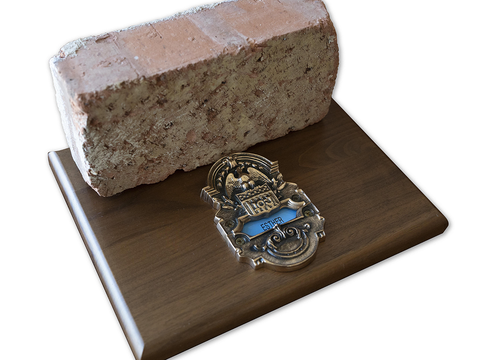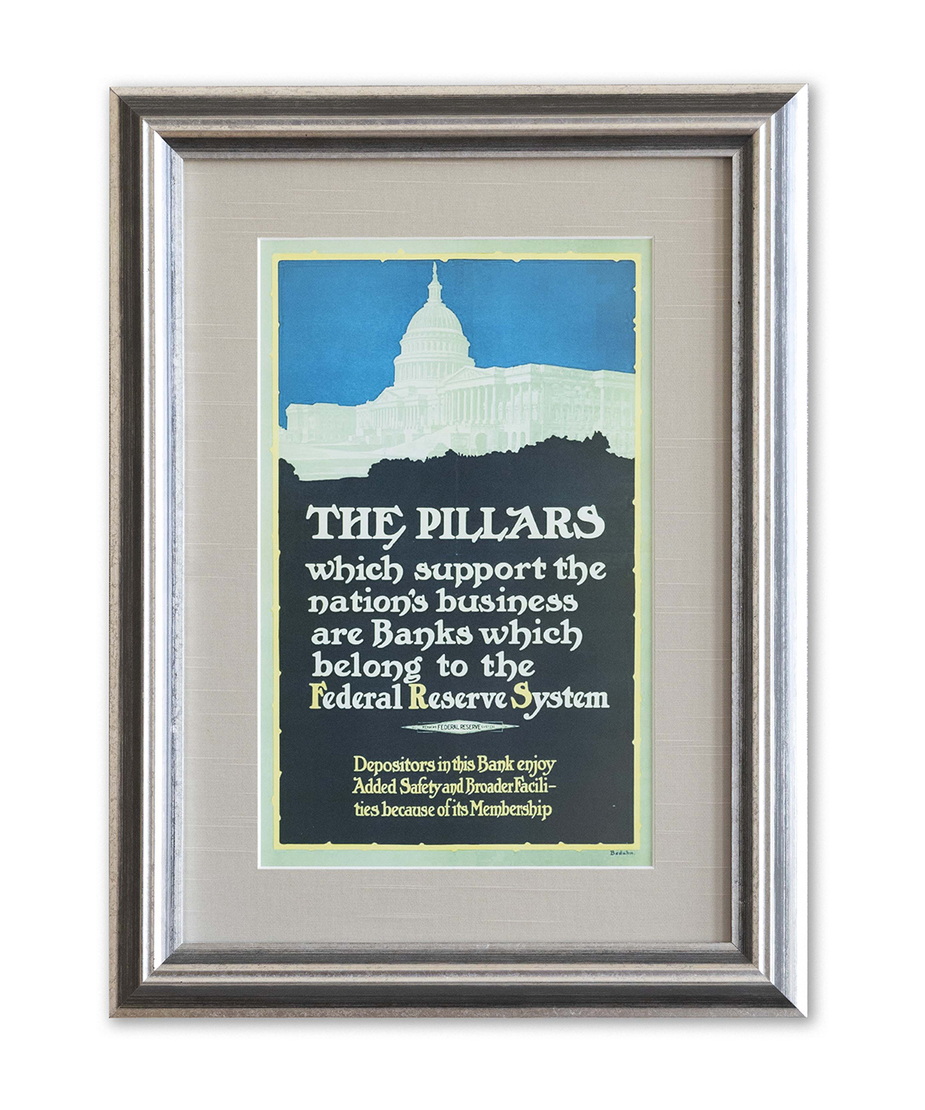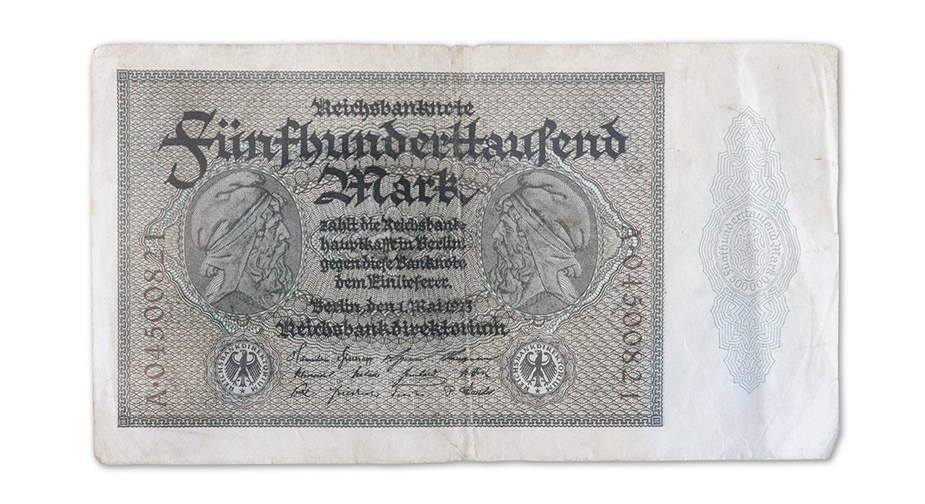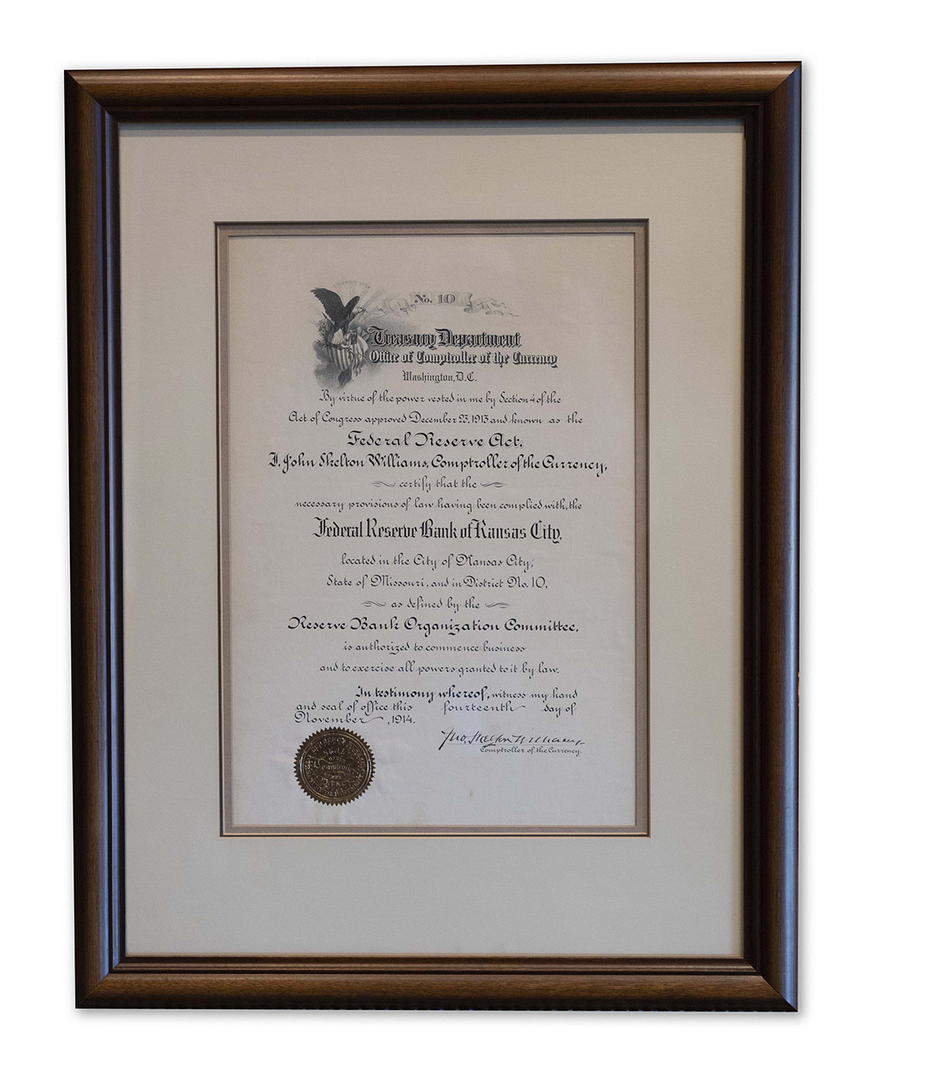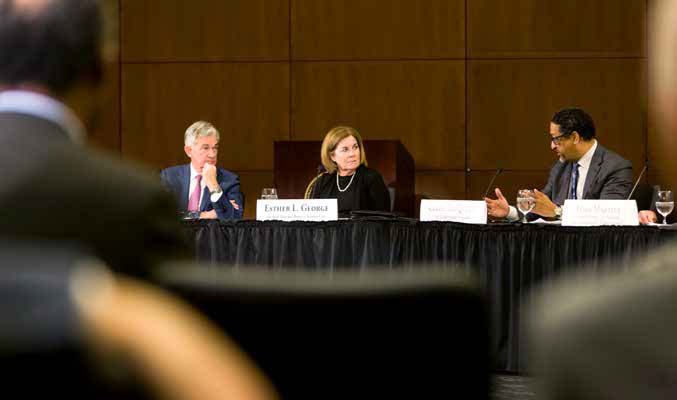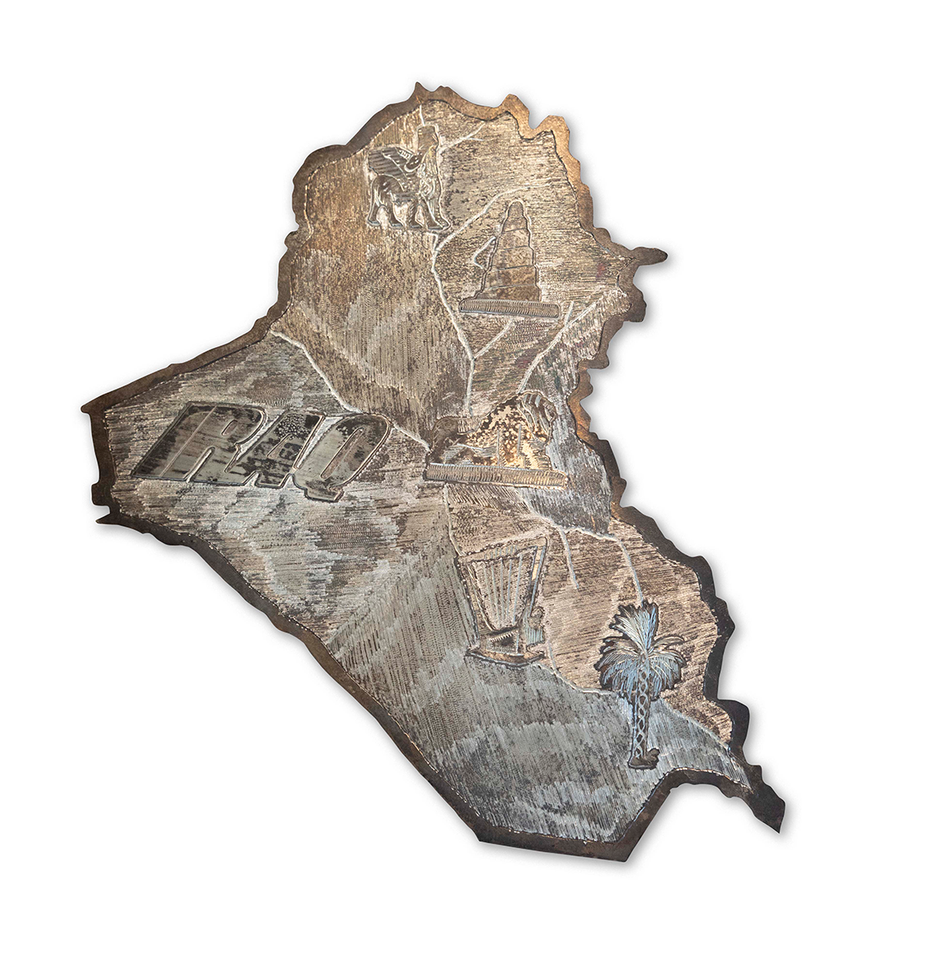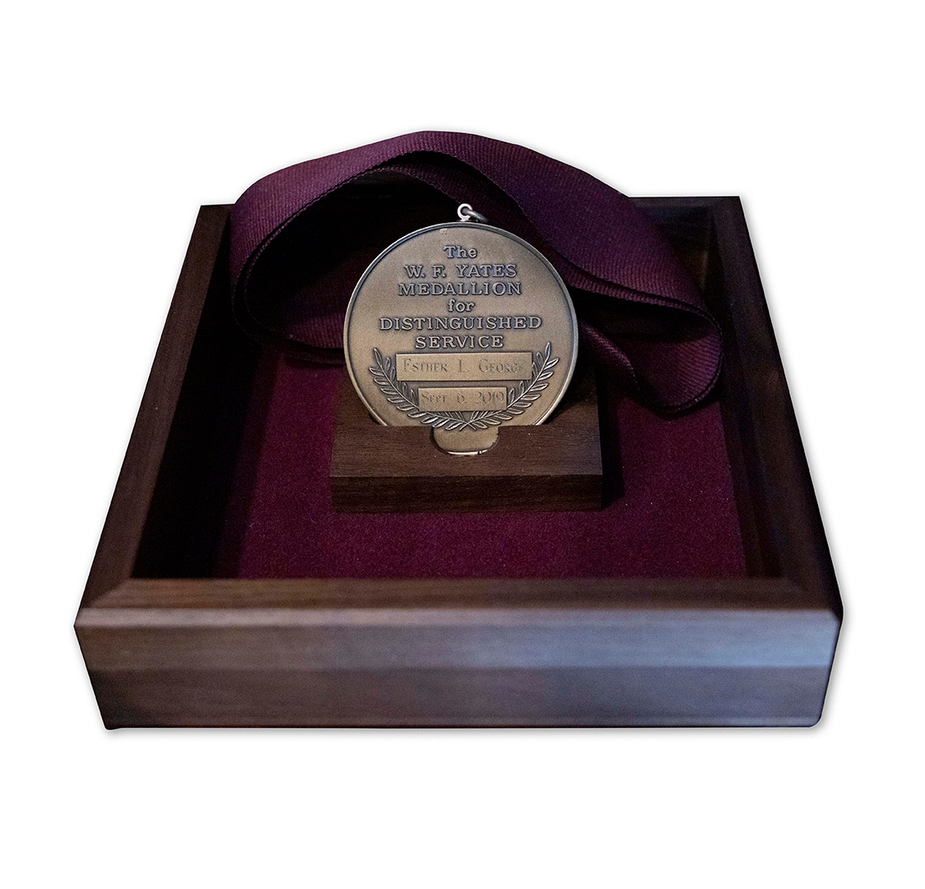The 1980s
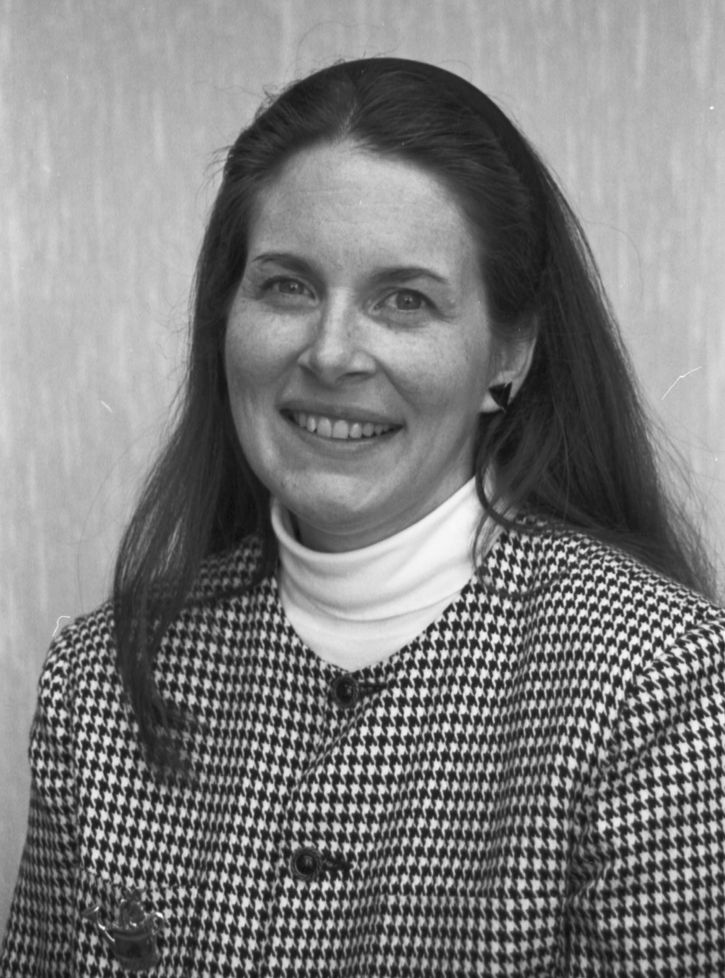
April 1982
After following up on a newspaper ad, Esther George makes a career change: She is hired by the Kansas City Fed as an Examiner Trainee.
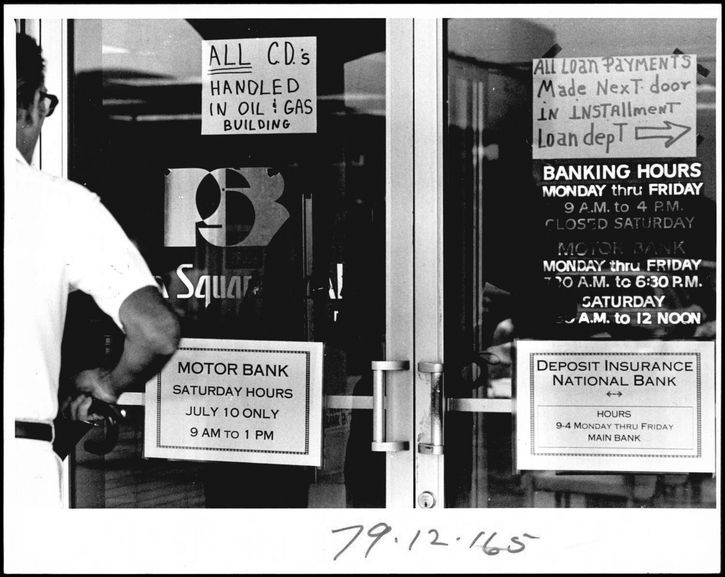
July 1982
George’s on-the-job training is accelerated when Penn Square Bank in Oklahoma City is declared insolvent, part of a banking crisis that would have deep regional and national implications. Photo courtesy of the Oklahoma Historical Society.
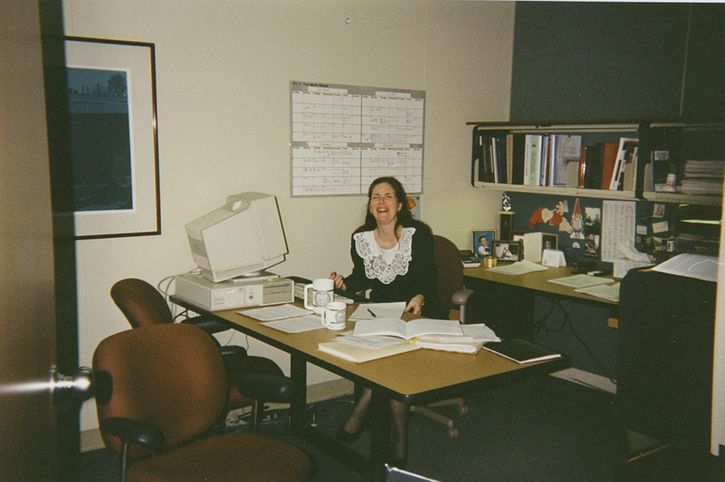
1983
In January, the Kansas City Fed promotes George to Assistant Examiner II in the Holding Company Supervision Department. In October, she is promoted to Assistant Examiner I
1984
George is promoted to Senior Assistant Examiner. Her examiner commission credentials were signed by then-Fed Chairman Paul Volcker.
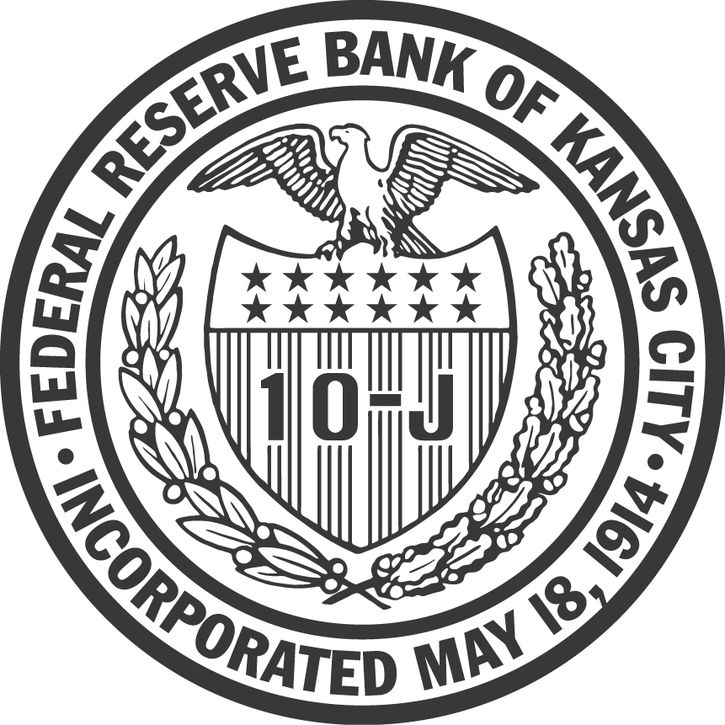
1984
The Kansas City Fed, led by President J. Roger Guffey, marks its 70th year of operation
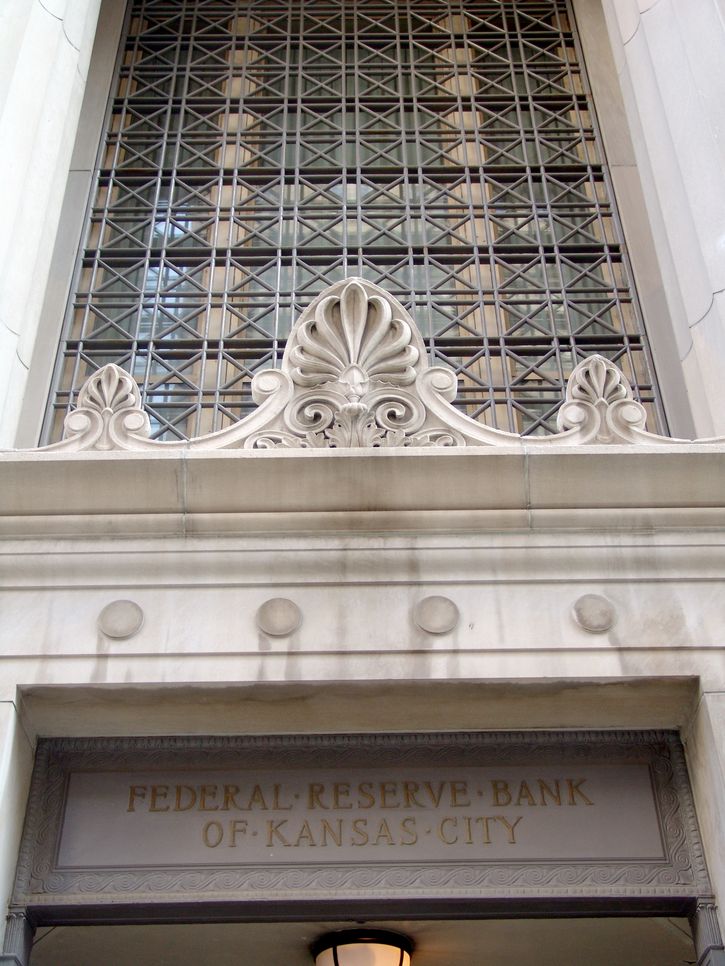
January 1986
Thomas M. Hoenig—who later would become Kansas City Fed president—is named Senior Vice President in charge of all examination, inspection and supervision activities in the Tenth District. George is promoted to Examiner II in the Exams & Inspections Department, where she reports to Hoenig.
1986
George transfers to the Applications Department. In 1987 she becomes Examiner 1 in Applications.
1987
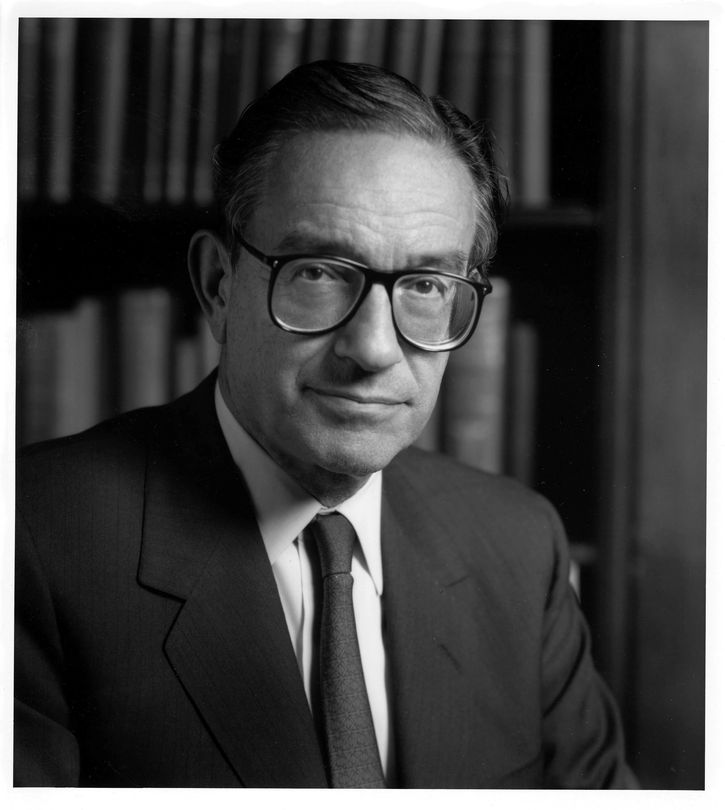
1987
Alan Greenspan becomes chairman of the Federal Reserve Board during the year of a historic stock market crash and widespread turmoil in the financial sector.
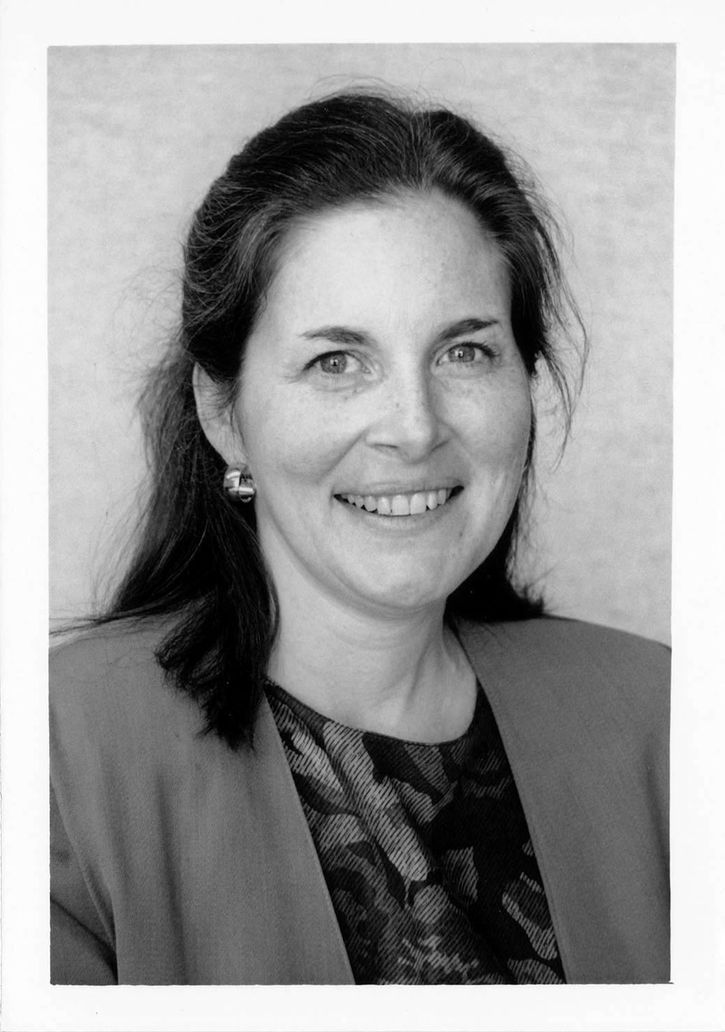
1988
George is promoted to Senior Examiner in the Applications Department. In October, she is promoted to Manager of the Loan Department.
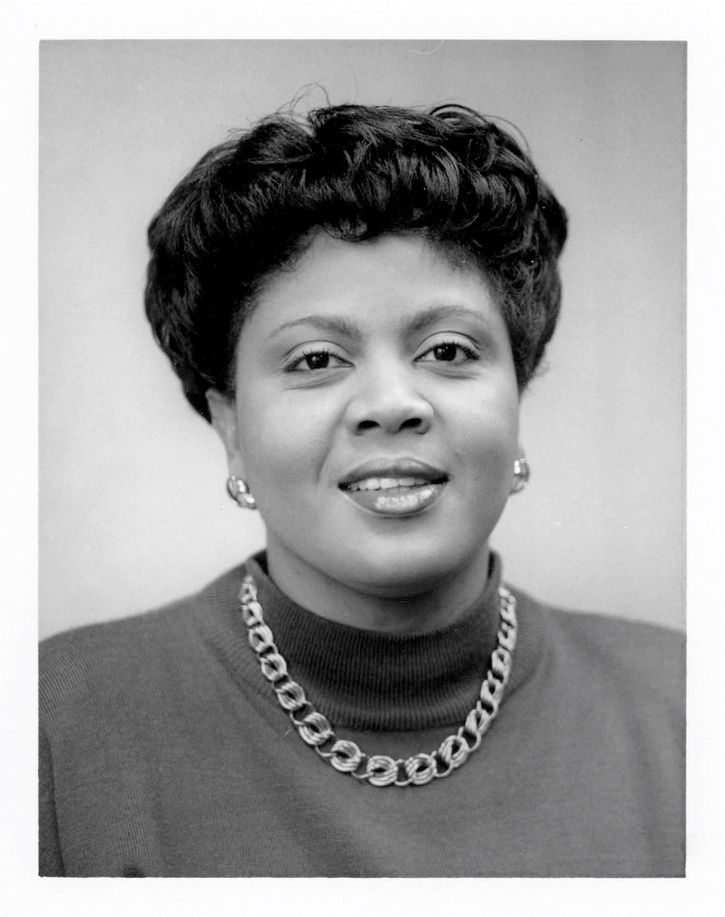
October 1989
In a step toward diversity and inclusion efforts that would expand under the presidency of George, the Kansas City Fed names Debra Bronston its first full-time affirmative action coordinator, responsible for the Bank’s Equal Employment Opportunity programs.
1989
At the end of a turbulent decade for markets and financial institutions, the government authorizes a bailout of the savings and loan industry.
The 1990s
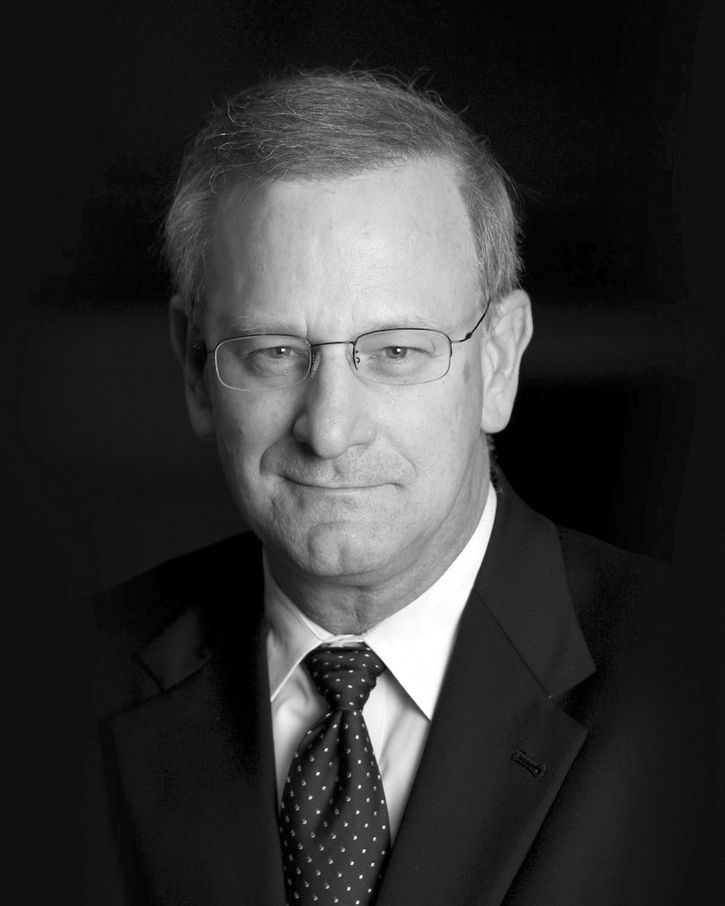
August 1991
The Kansas City Fed’s Board of Directors announces the selection of Hoenig as the eighth president of the Bank, succeeding J. Roger Guffey.
1983
George transfers to the Exams & Inspections Department as Managing Examiner.
1994
George graduates from the American Bankers Association’s Stonier Graduate School of Banking
January 1995
George is promoted to Assistant Vice President and transfers to the Economic Research Division.
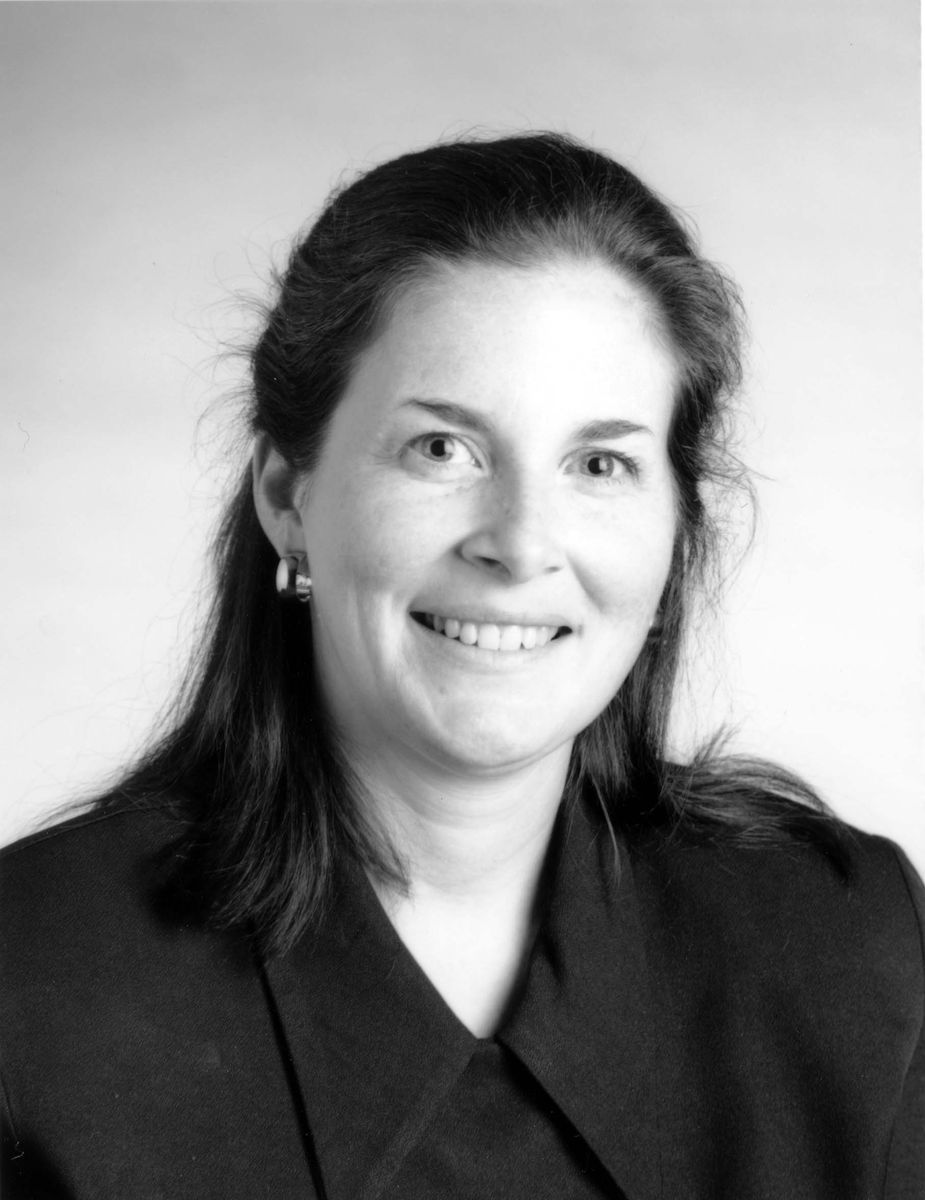
January 1997
George is promoted to Vice President in the Research Division.
March 1998
Hoenig chairs the Federal Reserve System’s Conference of Presidents, with George, as Bank vice president, serving as the Conference Secretary.
1999
George transfers to the Human Resources Department.
2001-2009
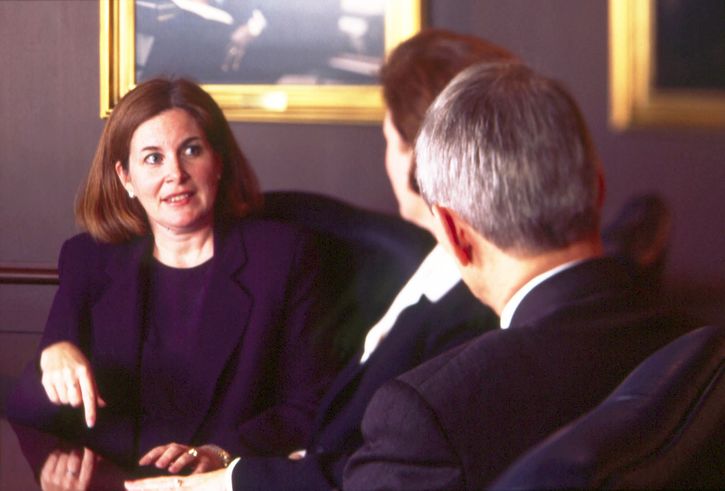
August 2001
George is promoted to Senior Vice President over the Supervision & Regulation Division, responsible for regulation of nearly 200 state member banks and 1,000 bank and financial holding companies.
September 11, 2001
Terrorists attack the United States. The Fed moves to deter panic among financial institutions. George and other senior regulatory officials are at the forefront of keeping money and commerce flowing.
February 2006
Ben Bernanke becomes Chairman of the Federal Reserve Board.
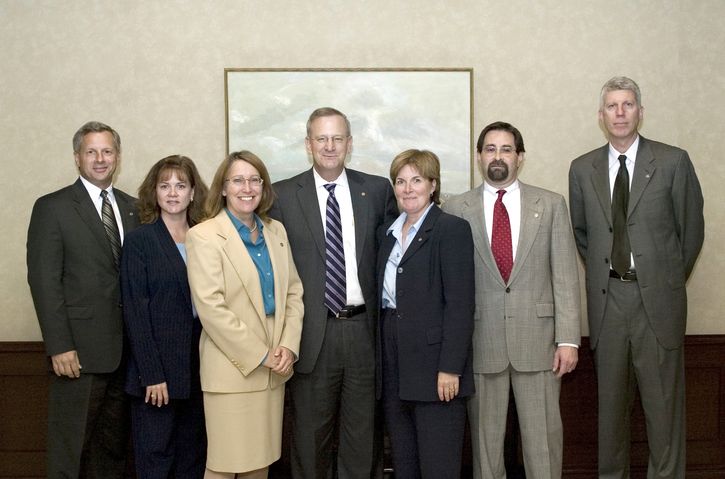
2007
Esther George is inducted into the Bank's 25 Year Club.
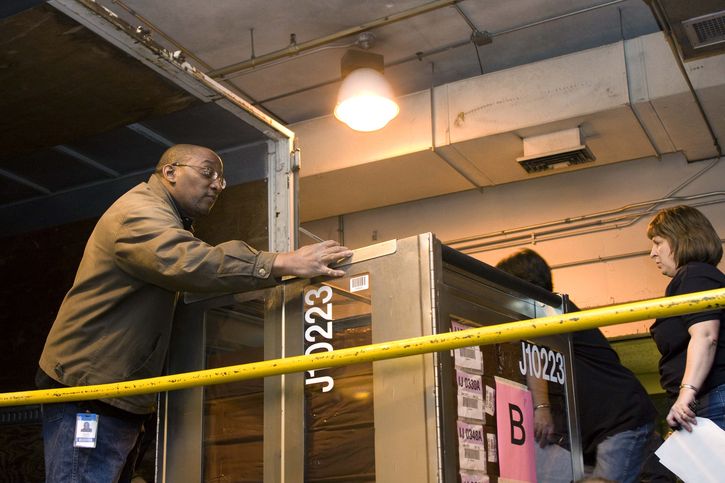
February 2008
The Kansas City Fed begins moving from 925 Grand to its new headquarters at 1 Memorial Drive.
2008
By the fall, the United States finds itself in a credit crisis precipitated, in part, by loose sub-prime mortgage lending practices.
January 2009
George is promoted to Executive Vice President of the Supervision and Regulation Division. In August, she is promoted to First Vice President upon the retirement of Richard K. Rasdall.
2009
During the Great Recession, George is tapped by the Federal Reserve Board of Governors to serve as Acting Director of the Banking Supervision and Regulation Division in Washington, D.C.
2009-2018
2009
With the United States entering a deep recession, Congress passes a $787 billion stimulus package to address the country’s worst financial crisis since the Great Depression.
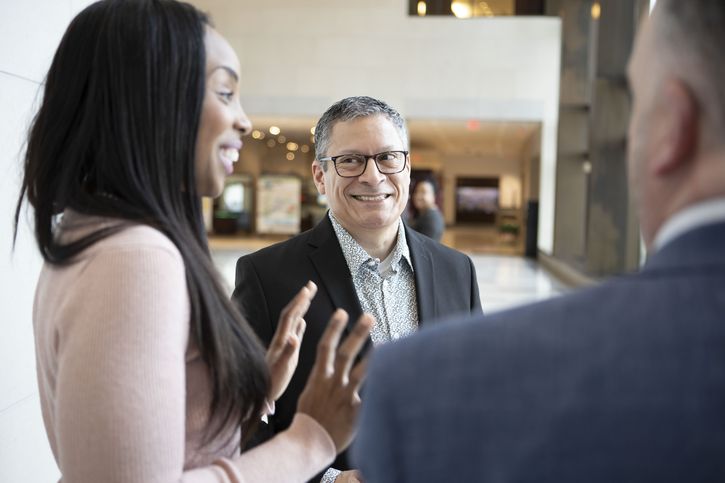
2010
At the end of the year, the Kansas City Fed has 1,194 employees, driven by expanded System and Treasury work in an efficiency effort.
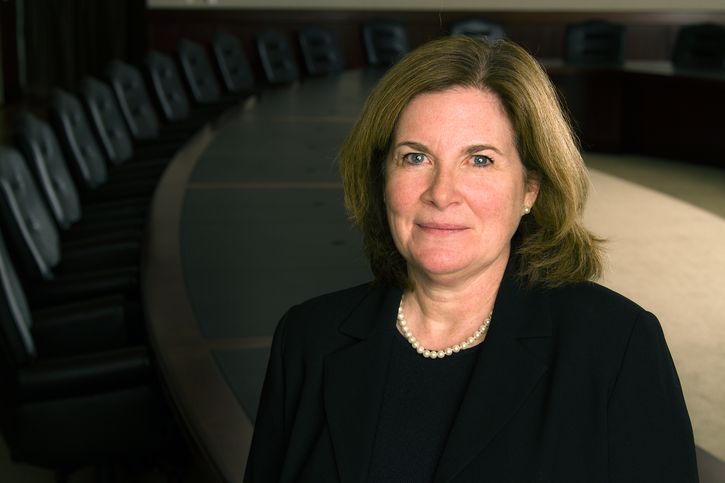
September 15, 2011
The Bank’s Board of Directors announces that George will be appointed as the ninth President of the Federal Reserve Bank of Kansas City effective October 1. George is the first woman to serve in that role.
April 2012
The Kansas City Fed submits its first Office of Minority and Women Inclusion report to Congress as mandated by the Dodd-Frank Act. The report is submitted each year.
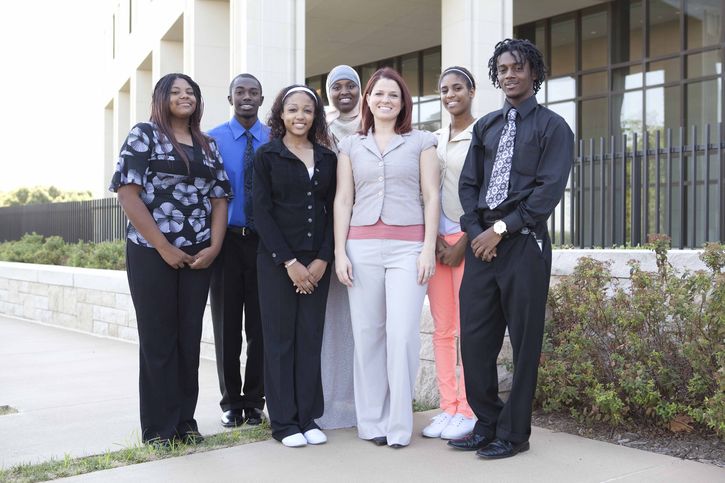
April 2012
The Kansas City Fed’s Student Board of Directors wraps up its first year of service with a formal pinning ceremony led by President George.
January 2013
George begins serving her first term as a voting member on the Federal Open Market Committee, the Federal Reserve’s policy making arm.
2014
Janet Yellen becomes Federal Reserve Board chair. She is the first woman to serve in that role.
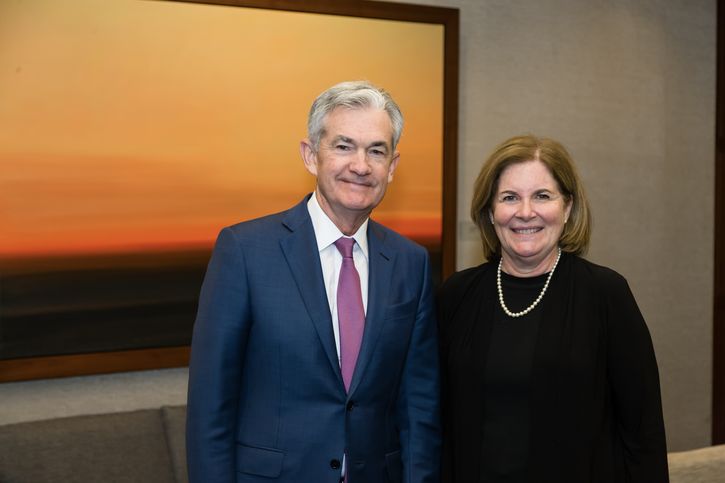
2018
Jerome Powell is named chair of the Federal Reserve, succeeding Yellen.
2020 to 2022
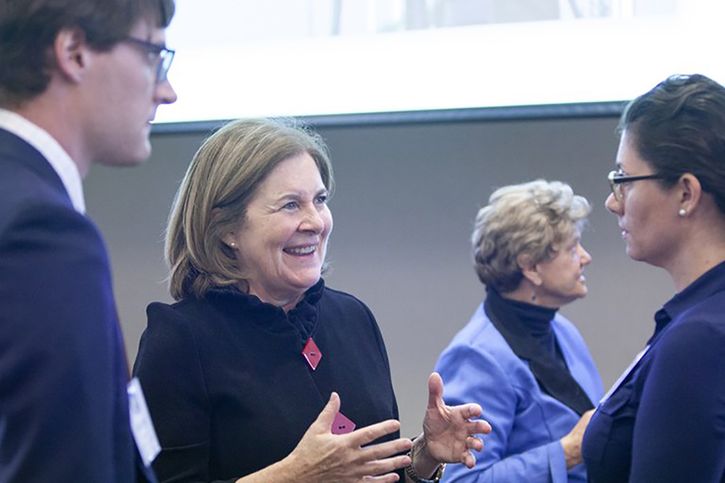
August 2019
The Federal Reserve continues to develop FedNow, a real-time payment and settlement service. President George is appointed executive co-sponsor, along with Fed Governor Lael Brainard. FedNow is scheduled to launch in 2023.
March 2020
The Kansas City Fed and other Reserve Banks move to a largely remote-work footing in response to the coronavirus outbreak.
Spring 2020
Congress, the Federal Reserve System and the U.S. Treasury begin extraordinary measures to address severe economic repercussions from the COVID-19 pandemic.
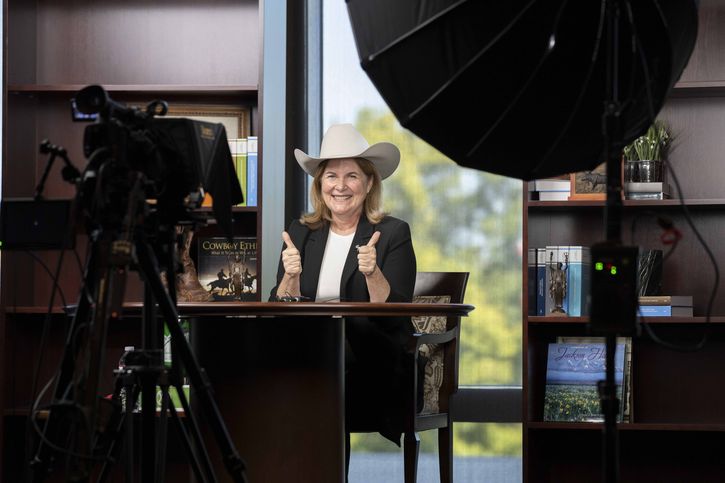
August 2020
For the first time since the Kansas City Fed’s Economic Policy Symposium began in the 1980s, the annual event is conducted virtually with President George delivering opening remarks from the Bank’s head office.
January 2022
George begins her final term as a voting member of the Federal Open Market Committee. George previously voted in 2013, 2016 and 2019.
May 2022
The Bank announces that George will retire in 2023 upon the Fed’s mandatory retirement age of 65. The Bank’s Board of Directors forms a search committee to select the next president.
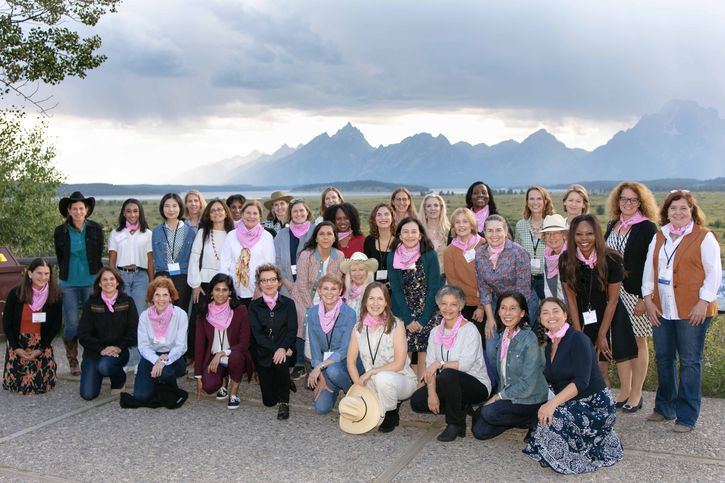
August 2022
President George hosts her final Jackson Hole symposium as Kansas City Fed president. The symposium returns to a fully in-person format for the first time since 2019 and is regarded as the most diverse gathering of attendees in the event’s history, reflective of George’s efforts during her tenure to make the event more inclusive.
